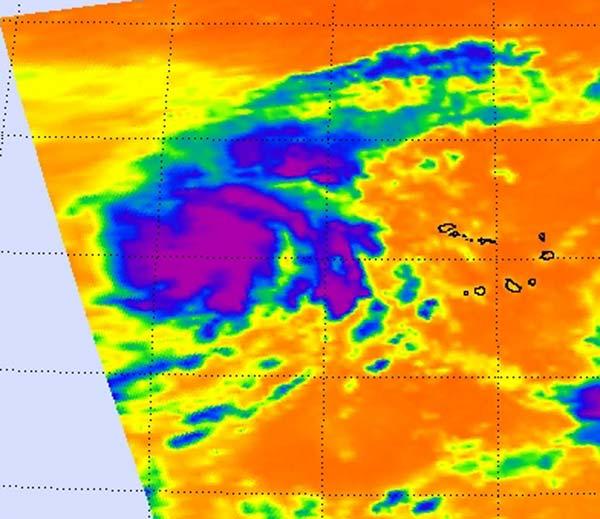Atlantic's Newest Tropical Storm: Lisa


Early this morning (Sept. 21), the 2010 Atlantic hurricane season got its 12th named storm, Tropical Storm Lisa.
Lisa, located in the eastern Atlantic Ocean about 530 miles west-northwest of the Cape Verde Islands, follows last week's hurricane trifecta of Igor, Julia and Karl.
Igor walloped Bermuda as a Category 1 hurricane on Sunday and has since jetted northward. The storm remains a Category 1 hurricane and is sending hurricane-force wind gusts onto the island of Newfoundland, Canada. Igor is expected to weaken to an extratropical storm (one that occurs outside of warm, tropical ocean waters) and head northwestward between the Labrador coast and Greenland in the next few days.
Tropical Storm Lisa has maximum sustained winds of 45 mph (75 kph) and is about 530 miles away from the Cape Verde Islands, in a region known to spawn many tropical cyclones, the generic names for hurricanes and tropical storms. Lisa is expected to strenghten somewhat in the coming days, but should remain a tropical storm and will not posing any threats to land.
Lisa is the latest storm in a very busy 2010 hurricane season, which has spawned 14 tropical depressions, of which 12 became tropical storms (and so received names). Of those, six became hurricanes, five of which were major hurricanes, classified as those reaching a strength of Category 3 or higher on the Saffir-Simpson scale of hurricane strength.
Get the world’s most fascinating discoveries delivered straight to your inbox.



